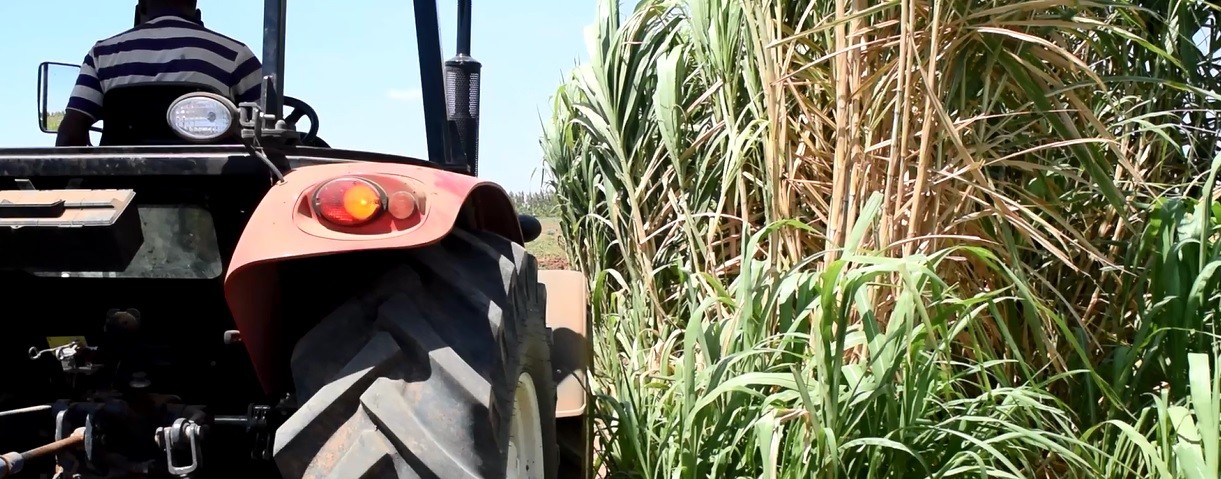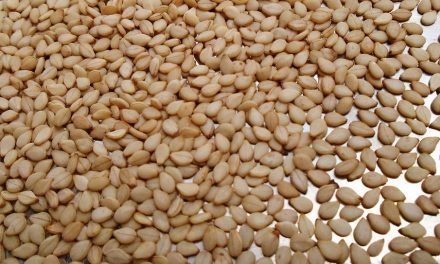BANANA IN SOMALIA
Somalia was previously a central hub for banana exports in Africa. With the industry employing over 120 thousand workers and exports worth 96 Million US Dollars, Somali banana production reached its peak between 1987-1990 exporting mainly to Italy and Middle Eastern Countries.

Despite a once flourishing banana industry, the onset of civil war in the 90’s, combined with severe El-Nino floods brought the banana export industry to a standstill in 1997. Currently, with the help of International communities and donor agencies, there has been various attempt to revive the banana exports in Somalia but with little success. Banana sector has yet to reach its full potential ensuring food security, employment creation, and export earnings.
Across the various activities in the banana value chain, there are a series of constraints which have driven away potential attraction for employment and investment. Some of these constraints are:
1. Limited skills and capacity in production processes.
With the poor use of good agricultural practices, banana farmers are constantly being stricken with poor yield, which is mainly attributed to lack of input use such as fertilizers and pest control measures.
3. Post harvest processing and
storage
Post-harvest handling constraints in Somalia include problems of perishability, lack of proper storage knowledge, and a lack of proper ripening and packaging systems.
5. Poor overall market conditions
Finally, overall inefficiency and insecurity across the banana value chain including low prices in the market, poor quality of produce, and a lack of export market have all contributed to the list of constraints in the Somali Banana Sector.
2. Lack of infrastructure and technologies
Across the banana value chain in Somalia, there is a lack of proper infrastructure as well as the use of outdated tools and technologies which have considerably limited the growth of the banana sector.
4. Limited access to finances
Due to a lack of financial institutions and own capital, many players in the value chain find it difficult to receive large financing packages, thus making investment on banana business opportunities difficult.
Although the list of constraints in the Somali Banana Sector seem numerous, they also present many opportunities for investors, returning diaspora and government to expand this sector into a more globally competitive market.

Moreover there is now, more than ever, a growing market for women and youth and opportunities for the overall entrepreneurial nature of the Somali people.
Solutions and opportunities include:
The introduction of improved and high-yielding tissue culture seedlings/varities that meet customer's’ preference.
The adoption of new best management practices.
The adoption of international quality assurance standards such as Global Gap, EU MRL, and Food Safety Regulations.
Strengthening of the Banana Producers Association and linking them to the various players in the value chain.
The banana sector offers new hope and opportunity women as this sector attracts 70% of women-employment in agriculture.
Other Related Topics
Rethinking Humanitarian Aid in Somalia: From Dependency to Sustainable Solutions
The Stop-Work-Order imposed by the Trump administration in January 2025 is a wakeup call to many developing countries including Somalia. Since the early sixties, the United States Agency for International Development (USAID) has been a significant contributor to...
USAID Stop-Work Order and Its Impact on SATG’s Agricultural Initiatives
The USAID Stop-Work Order has disrupted key agricultural initiatives in Somalia, including SATG’s involvement in the Inclusive Resilience in Somalia (IRiS) program. Despite significant progress in strengthening the agricultural sector, the halt to operations poses challenges. SATG remains committed to advancing sustainable development in Somalia’s agriculture and will continue to seek opportunities for growth and resilience.
Aragsan: A Game-Changing Mung Bean Variety for Somali Farmers
We are delighted to share a momentous development in the agricultural landscape of Somalia, particularly for farmers dedicated to the cultivation of Mung bean. In a collaborative effort between the Somali Agricultural Technology Group (SATG) and its affiliated...











Recent Comments